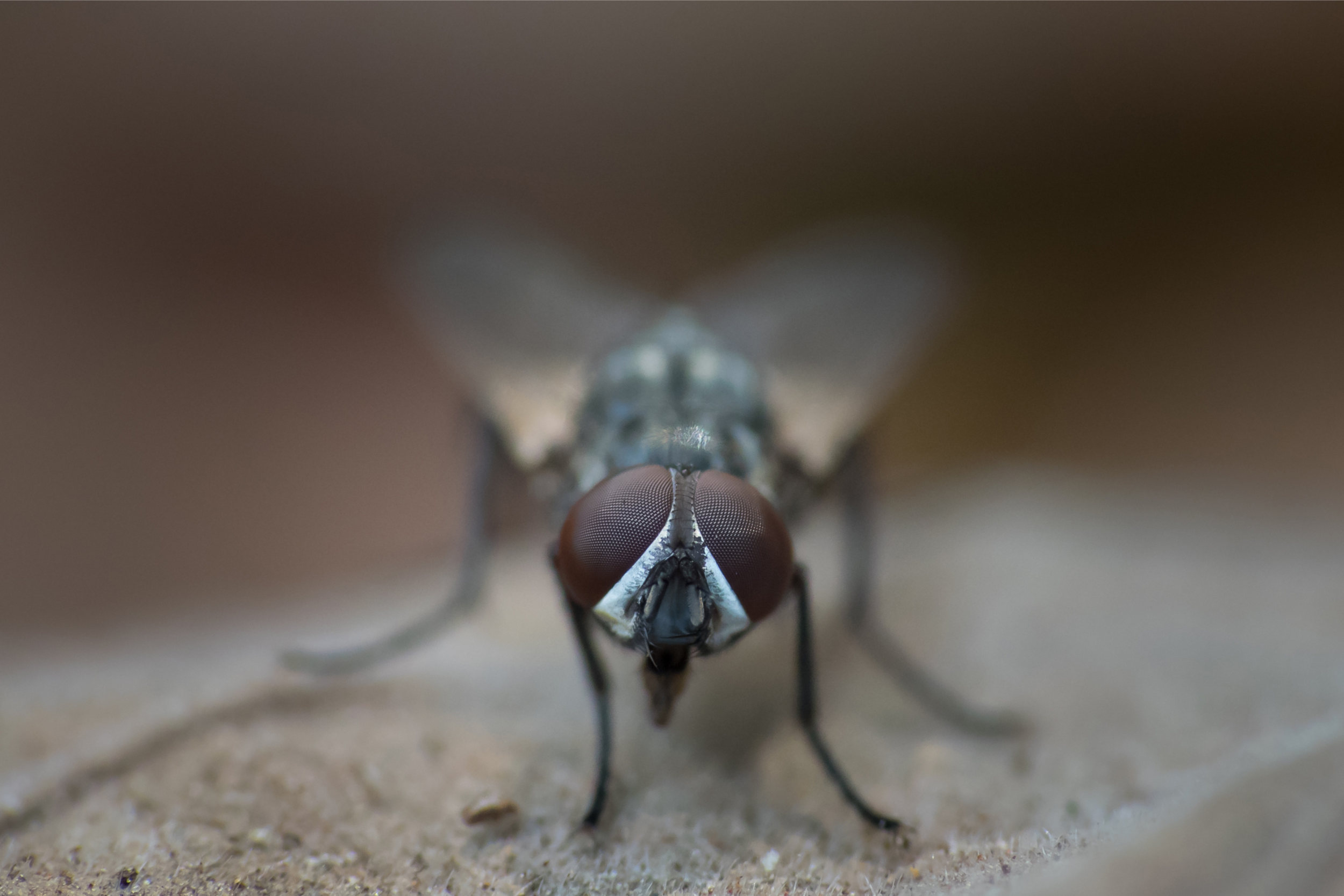Interview: Biosecurity as solution to ASF

The effect of African Swine Fever on North Korea is unknown but since mid-September the virus has also appeared in South Korea. That means busy times for swine breeder Hypor, part of Hendrix Genetics. The company supports its customers with rigorous biosecurity advice.
Figures of 50-60% are fairly commonly reported when it is asked how much of the Chinese swine herd has disappeared due to African Swine Fever (ASF). It is feared that similar figures will also apply to various surrounding emerging Asian countries, as the virus has not halted its progress at any border in Asia so far. In September, even South Korea, a well-developed pig country, reported its first outbreaks of the virus. At the time of going to press, the count was at 15 affected sites (see box). All of them within 30 kilometres of the border with North Korea, which is known to be one of the most heavily guarded borders in the world.
Pig Progress spoke to Hugues (Hugo) Six, who for the last 2 years has been general manager East & South East Asia at Hypor, Hendrix Genetics’ swine division. As such, he is based in Bangkok and is responsible for the company’s technical, production and commercial activities in Asia, except for China. In South Korea, the company has felt the presence of ASF both directly and indirectly.
ProfileHugues (Hugo) Six, general manager East and South-East Asia for Hendrix Genetics. He has spent 25 years working in different parts of the world at senior management level for international nutrition, premixes and phytogenics feed additives companies. |
Pig Progress: In your opinion, how did the virus get across the border between North and South Korea?
Hugues Six: “Most likely this happened because farmers in North Korea dumped their animals in the Ryesong river, which then floated towards the sea. You can see that some of the first outbreaks in South Korea also happened near where that river meets the Yellow Sea.”
We are breeding a ‘robust’ pig that is not as susceptible to disease. Nevertheless, we have to admit that there is no genetic solution for pigs. Nor is there a vaccine. The real solution is biosecurity.” – Hugues Six, Hendrix Genetics.
How important is South Korea to Hendrix Genetics?
“We are active on the South Korean market through the pig production brand Woorison, the largest vertical integrator in the country, and Farmsworld GGP which distributes our products. It is important to emphasise that both have been negative for ASF so far.”
To gain an impression: What is the South Korean pig industry like?
“South Korea’s herd consists of around 11 million heads, 1 million of which are sows. In 2018 more than 17 million pigs were slaughtered.”
“The industry is a mixture – apart from professional farms – there are also still quite a few medium-sized family farms with 50-100 pigs and older pig housing, for example. I think that the biosecurity on those farms is not always as good as it should be.”
“Luckily, South Korea does have a stable and industrialised value chain and a strong governmental veterinary organisation. And that is important if the virus is to be eradicated from farms. Otherwise it will be much more difficult to fight the virus. Imagine if a backyard farmer finds that 5% of his herd is suddenly sick… What is he going to do if there is little or no compensation? He is going to sell his pigs quickly in a non-affected area. This is how it spread in China, in Vietnam and on Luzon island, in the Philippines.”
What is the current government strategy to combat the outbreaks?
“The most recent news is that they are going to cull 145,000 pigs in a zone close to the border in order to contain the virus in north-west South Korea.”
Is Hypor working on a genetic solution to make pigs immune to ASF?
“We are breeding a ‘robust’ pig that is not as susceptible to disease. Nevertheless, we have to admit that there is no genetic solution for pigs. Nor is there a vaccine. The real solution is biosecurity.”
Then how does Hendrix Genetics prepare its customers for ASF outbreaks?
“We encourage use of our ‘BioHypor’ systems that for the last 20 years have proven to be efficient against any disease, including ASF, everywhere in Asia. Essentially it is a mini-nucleus established inside a client’s production system. After an initial fill of GGP breeders, the client’s system is closed to live animal entry, reducing the contamination risks. New genes enter only via fresh GGP semen from a gene transfer centre. Clients have access to the company’s support platforms – a multidisciplinary team of local and global experts. We have had successful systems in place for many years in Vietnam, the Philippines, South Korea and Japan.”
“In 2020, Hypor will be launching BioHypor 2.0, an enhanced version of the original system that offers more simplicity and demands less of customers. For existing clients it will be an upgrade of their system that will make life easier and reduce the potential for human error. It should also appeal to new customers wanting to simplify their breeding programme and make rapid genetic progress while maintaining biosecurity.”
Unless a vaccine solution is found, our industry will have to learn to live with ASF…” – Hugues Six, Hendrix Genetics
What do the outbreaks in South Korea mean for the business of Hendrix Genetics?
“We must remain humble in this situation – ASF has not affected any of our clients so far. We note that Asian pig producers are searching the breeding market to secure their supply for the coming years, because there will be a shortage. We expect that our customers will grow dramatically – and we will grow with them.”
What is going to be the long-term effect of ASF on pig production in Asia in general?
“It is going to lead to a concentration of the largest players. Many backyard farms with 30 or 40 pigs, for example, will disappear and may well never make a comeback.”
“Unless a vaccine solution is found, our industry will have to learn to live with ASF. The outbreaks are not expected to stop as ASF becomes a habitat disease occurring in the wild which can then appear in wild pig populations several months after eradication and be passed back to domestic pigs again.”
Within a few years, the industry in Asia will consist of large and highly biosecure ASF-free herds and given that pork prices will remain sky high for some time to come, those farms will be really profitable.”
ASF outbreaks in South KoreaOn September 16, South Korea saw the first of outbreaks of the African Swine Fever virus (ASFv) and the count currently is 30. All of them occurred within 30km of the border with North Korea – and over a distance of roughly 130km.
Contamination from North Korea It is most likely that the contamination came from the totalitarian state North Korea, which is completely cut off from the outside world. It is difficult to gauge the importance of swine production in the country, let alone the current situation there with regard to African Swine Fever. North Korea has only ever reported one outbreak of ASF to the World Organisation for Animal Health (OIE). That was on 23 May of this year, close to the border with China and involved a herd of 99 pigs. Caption: ASF victims on a farm in South Korea. Photo: Hypor |
Co-author: Judith Waninge, freelance journalist, Boerderij














